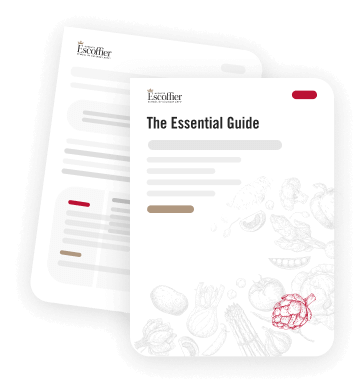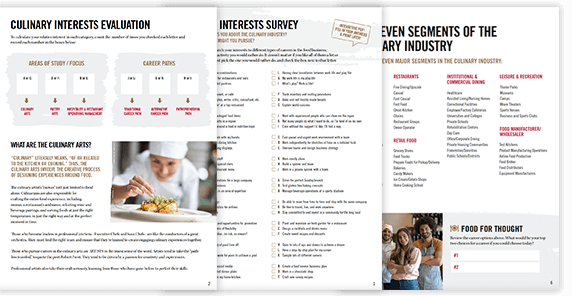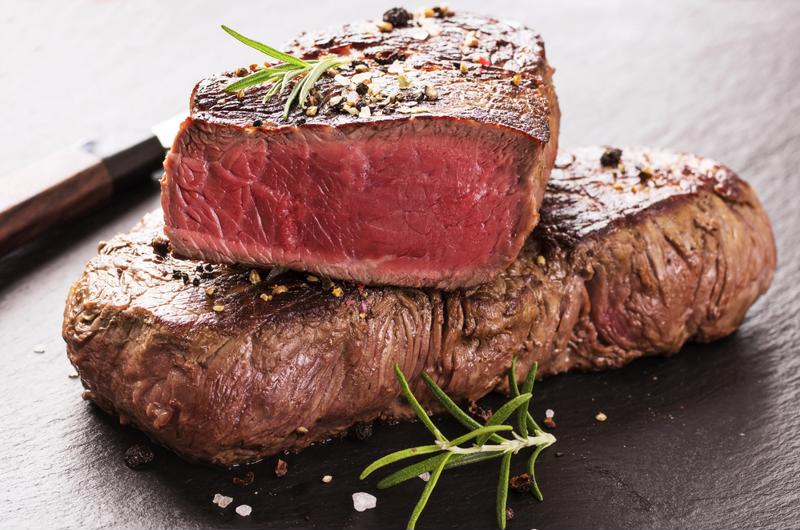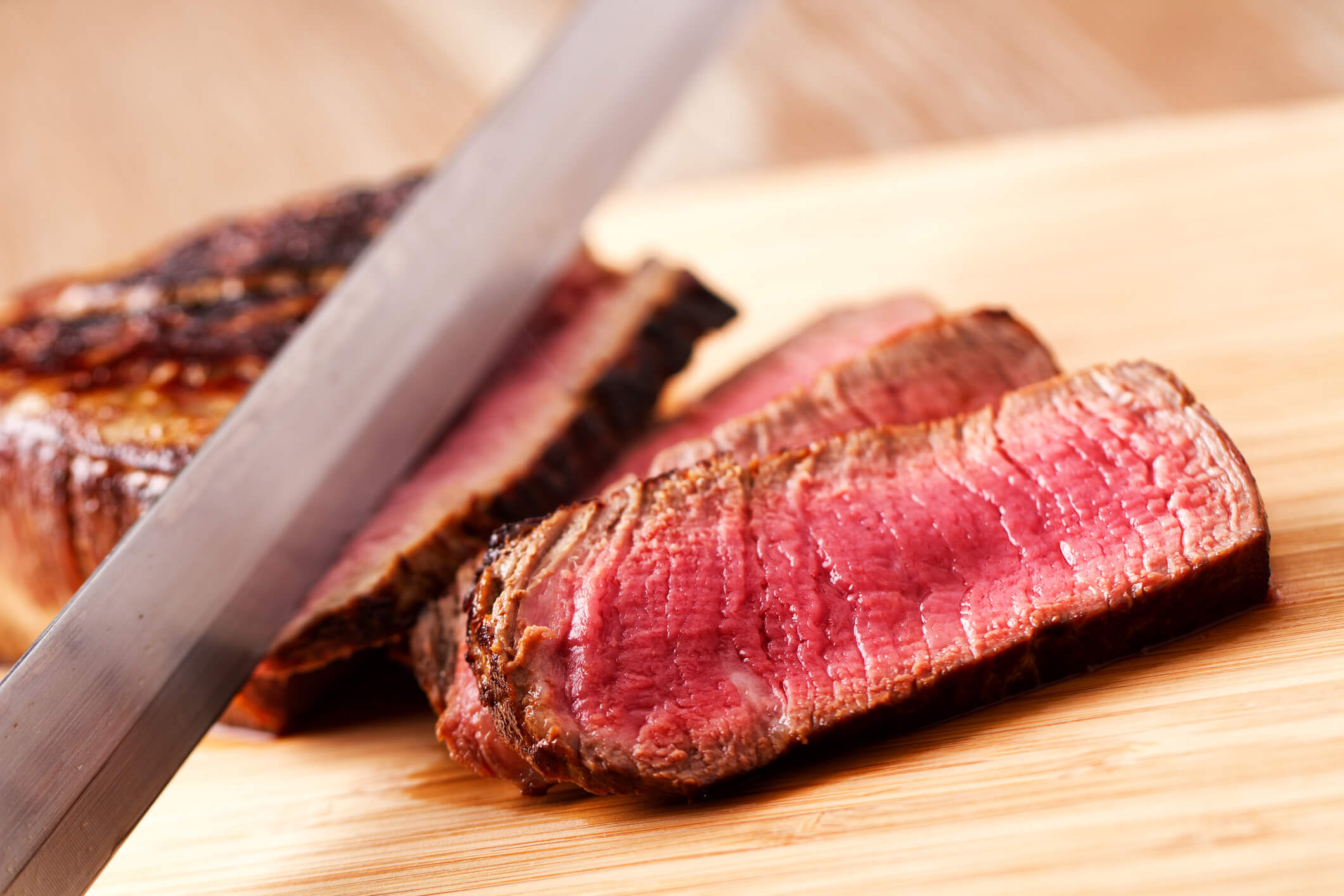What’s The Grain And Why Does It Matter For Meat?

Knife skills are at the top of any chef’s arsenal, but they’re about more than executing a perfect chiffonade. Slicing meat just right produces tender dishes out of even the toughest cuts. With your perfect cook down, let’s examine the next step in serving exceptional meat: the cut. Here are tips culinary academy students will appreciate:
Understanding the grain
Preventing your meat from becoming chewy requires spotting the grain. This refers to the direction the sinews lie on your cut of meat. Muscle fibers are, unsurprisingly, tough, as they supported the animal’s movement. Human teeth certainly can break them apart, but doing so leaves you chewing for an unpleasant amount of time. Your knife, on the other hand, can make quick work of that tissue. How? By cutting against, or perpendicular to, the grain.
First, look for the grain by seeing what direction lines move across your piece of meat. You can see them on both cooked and raw cuts, and they resemble long streaks. Don’t let grill marks or chars distract you, though.
Once you find the grain, slice perpendicular to it. Imagine holding a bundle of dry spaghetti noodles and then looking down at the top. You’ll see a bunch of little circles all squished together. This is sort of what properly cut steak will look like. Rather than long strips of sinew (like you’d see if you cut parallel to the grain), you’ll get a bunch of smaller packets of tissue. Cutting parallel to the grain, on the other hand, will give you what looks like a bunch of spaghetti noodles viewed from the side. Checking that cross section as you slice will let you know whether you’ve found the grain and are cutting correctly.
The whole goal of slicing against the grain is to reduce the length of the muscle fibers to make chewing easier. Not to mention, this technique locks in those juices.
Culinary & Pastry Career Survey
Culinary & Pastry Career Survey
What's your ideal culinary career? Answer 20 simple questions and see if your dream career gets revealed to you.

We’ve compiled of all of the essential questions into one handy guide: Career options, description of skill requirements, and more!


A different cut
Because there are so many different cuts of meat, the grain won’t be the same in each. This is why it’s important to know what the grain looks like and be able to spot it, no matter what you pick up from the butcher’s shop. How your butcher (or you) carve the cow will determine the grain. For instance, one flank steak might feature a grain running right to left while another will have it top to bottom. Other cuts will generally provide the same grain every time. When slicing a T-bone, make sure your knife is perpendicular to the bone. Always examine your meat before you cut.
 Ahh, check out that perfect perpendicular cross section.
Ahh, check out that perfect perpendicular cross section.Additional tips
Make sure the first slice you produce is always the smallest one. This way, if you’re not perfectly perpendicular, you can see it right away while wasting the least amount of meat possible. Once you’re confident you can find the grain and cut against it, start playing with knife angle. Most chefs recommend a 45 degree angle to lock in flavor.
Slicing your meat against the grain will elevate your protein dishes, leaving diners with a juicy and tender meal.


